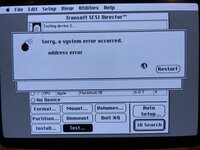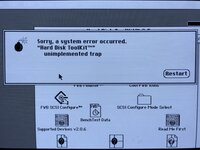Now that I can understand, with the inductors acting as chokes on the ground. But the SE board only has that single trace from what I can see, which is rather odd, don't you think?
Went down the rabbit hole a bit:
https://resources.pcb.cadence.com/blog/2021-effective-chassis-grounding-techniques
https://www.eevblog.com/forum/beginners/signal-ground-vs-chassis-ground-should-they-be-coupled/
https://www.celectronics.com/pdf/IEEE11-9-05.pdf
So from what I read it could be to ensure that the shield is not left floating if earth ground doesn't exist. That seems reasonable to me. At the same time if earth ground does exist you don't want it to be used as return path for you circuits so I guess that's why it's connected off to the side away from all the digital traces.
Last edited:



